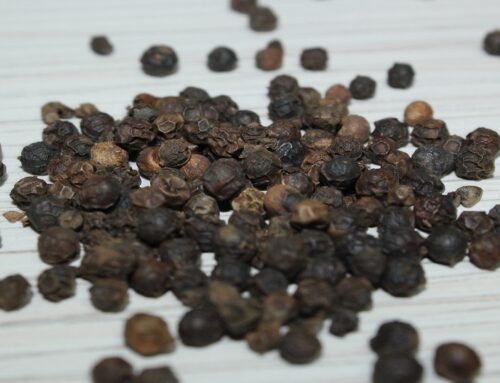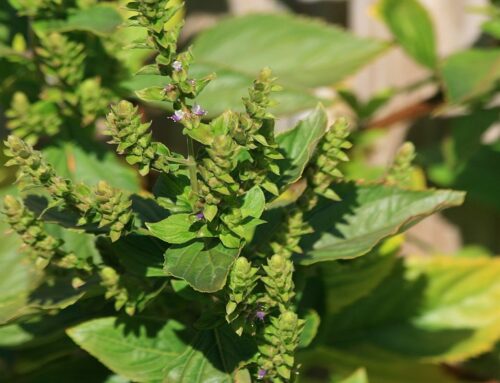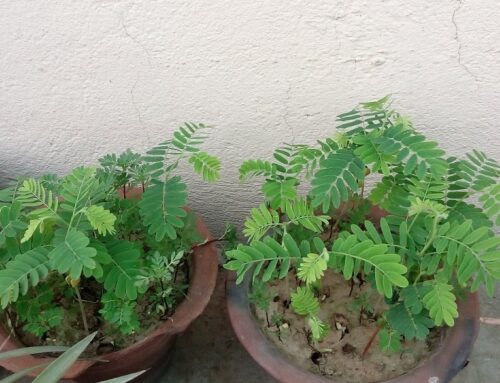Cotton plays a dominant role in the Indian agricultural and industrial economy. One of the most important fiber crops, cotton is the very base of textile industry (70%), and contributes a major chunk to agri. export from India (38%). There are four cultivated species of cotton namely, Gossypium hirsutum, G. arboretum, G. herbaceum and G. barbadense. India is the only country where all the four species are grown. Some of the major cotton growing states in India are Maharashtra, Madhya Pradesh, Gujarat, Andhra Pradesh, Karnataka, Tamil Nadu, Punjab, Haryana and Rajasthan.
Selection of site
Fields free from perennial weed infestation and extreme soil erosion should be used for organic cotton cultivation. Black cotton soils, with an average water content of 100-500mm/m, pH from 7.0-8.2 are ideal for cotton cultivation.
Varietal selection
High yielding varieties may not suit the specifications of organic farming. Hence varieties, disease resistance, hardy and pest tolerant should be selected. Such proactive selections will help in management of pest and disease incidences, especially in absence of chemical control measures.
Field preparation
Deep ploughing every 3 years and shallow ploughing twice a year during summer, are essential for cotton crop. This helps to manage deep rooted weeds and destroy soil borne pathogens and pests.
Seed rate and sowing
Use of acid delinted seeds is prohibited in organic farming. But farmers often use them to reduce expenditure and increase profits. If acid delinted seeds are used for cultivation, the cotton fiber cannot be labeled as ‘organic’. A seed rate of 25kg/ha at 75cm x 15 cm spacing ensures 85,000-90,000 plants/ha. Fodder cowpea (Vigna unguiculata) is to be planted at the rate of 1:2 rows and ploughed down and mixed with soil before flowering. Seed inoculation with Azotobacter or Azospirillum (200g/seed requirement per acre) is recommended. The seeds could also be treated to a mixture of beejamrut (200g/kg of seeds) and Trichoderma viride (8g/kg of seed). The treated seeds should be kept in shade and later treated with Azotobacter and PSB (5 g each/kg seed) and shade dried. The seeds should be sown within 6-8 hours of treatment.
Manuring
Addition of FYM (15t/ha) to soil during land preparation is recommended. Treatment of FYM with Trichoderma viride before application to soil is advised as a preventive measure. Vermicompost (1-2 t/ha) can be used to supplement FYM on the furrow lines after sowing.
Green manure and green leaf manure
Diancha (Sesbania aculeate) is raised at 2m width around cotton fields, the lopping of which is then added to the crop rows 65-70 days after sowing. It is also a temporary mulch and source of nitrogen, during the early boll development period of the crop. The growing and burying of fodder cowpea into the soil at 40 days after sowing ensures nitrogen availability to the crop during its high growth phase and flowering period. Weed management, increase in microbial activity in the soil, natural enemy buildup are among a few of the benefits of green manuring. It also helps to control soil erosion to an extent.
Neem, babul, pongamia, sesban, glyricidia etc. can be planted as green leaf manure sources. Along with being nutrient sources, they will also act as bird attractants, for pest control.
Crop rotation and intercropping
Crop rotation with a legume is recommended. Cotton is commonly grown in rotations of:
- Cotton-wheat-sugarcane-cotton
- Cotton-red gram-sorghum
Intercropping of cotton with sorghum and red gram is the most commonly followed combination. Intercropping with crops like green gram, black gram, soybean with cotton is also picking up. For optimal output, reduces pest incidence, maintenance of soil fertility, the following intercropping combinations are recommended:
- 1 row maize/sorghum+2 rows of red gram+4 rows of cotton+2 rows of cowpea/soybean+4 rows of cotton+2 rows of red gram+1 row of maize/sorghum
- 4 rows of cotton+2 rows of cowpea/soybean+4 rows of cotton+1 row of mixed plants of red gram, maize and sorghum
- 1 row of marigold/hibiscus for every 20 rows of cotton
- 1 row of maize/sorghum+4 rows of cotton+2 rows of red gram+4 rows of cotton+2 rows of red gram+4 rows of cotton+1 row of maize/sorghum
- 100 marigold/hibiscus plants at random per acre etc.
Cultural Operations
Pruning of the shoot tips encourage tertiary branch growth, with many flowers and bolls. Increase in productivity up to 30% has been recorded through proper pruning.
We have a book with detailed information on this plant and for more info, please click here…
Both kindle eBook version and Paperback version of this plant is available at all Amazon stores. For more info, click here…
Weed management
The first 2 months after sowing is crucial for cotton growth. Regular weeding at 25 days and 55 days after sowing is required. Mulching could be practiced to suppress weed growth. Sanitation of the field after weeding is necessary to prevent further occurrence.
Water requirements
Cotton requires very less water during its early stages of growth. Water requirement is essential during flowering and boll formation stage. The soil moisture should never go below 50% at any time. Black soil cultivation requires protective irrigation every 20 days in case of monsoon failure. Irrigation by furrow and alternate furrow method are most effective for cotton crops. Drip irrigation is also suitable. The use of mulches and other measures to reduce evaporation is however, recommended under rain-fed conditions.
Pest management
Crop protection measures for organic cotton cultivation generally involves use of predators like Chrysoperla sp. or Apertochrysa sp., egg parasitoids like Trichogramma, larval parasitoids like Habrobracon sp., Nuclear Polyhydrosis Virus (NPV), Bacillus thuringuiensis var.kurstaki, utilization of bird perches and botanical insecticides like neem products.
Some of the common pest suppression strategies recommended for organic cotton cultivation are:
- Selection of pest resistant varieties
- Depotting of older cotton plants (> 80 days). This will reduce egg laying by Heliothis armigera
- Use of pheromone traps (10/ha) for monitoring for bollworm population
- Spray of neem seed kernel extract 5% or neem seed oil 1%
- Attracting predatory birds using bird perches and other methods
- Use of Habrobracon hebator for controlling bollworm larvae and other caterpillars
- Release Trichocards (5/ha) at 50 days, then twice every 12 days, in order to kill bollworm eggs
- Spread Chrysoperla (500-100/ha) at 25 days of crop growth, for jassid control
- Spraying of 3-4 weeks old, fermented buttermilk solution (300ml/15liters of water) to control bollworms, caterpillars and spider mites
- Flour spray (2 cups flour+1/2 cup soap water) and soft soap spray (15 g soft soap powder/15 liters of water) are found effective against aphids, jassids, spider mites, thrips and white fly
- Setting up of yellow sticky traps (10/ha) is effective against pests especially white fly
Disease management
Root rot, wilt and browning of leaves are common diseases seen in cotton. Some of the general preventive and control measures are given below:
- Deep ploughing during summer
- Seed treatment with Trichoderma viride will control occurrence of root rot and Fusarium wilt
- Use of neem products are effective against soil borne pathogens
- Rust and root rot management through spray of fermented buttermilk (5 lts) in lime water (100 lts) per hectare
- Foliar application of Trichoderma viride powder (25 g) + milk (50 ml) + water (10 lts) reduce brown leaf patch incidences
Yield
The average yield of an organic cotton crop is 8-10 q/ha under rain-fed conditions and 20-25 q/ha under irrigated conditions.
We regularly publish informative videos on various “Food, Agriculture, Gardening and Horticulture” topics. You may view these videos here…
You may also check out our Digital Publishing Services for Food, Agriculture, Gardening and Horticulture Sector by visiting this link







Leave A Comment
You must be logged in to post a comment.